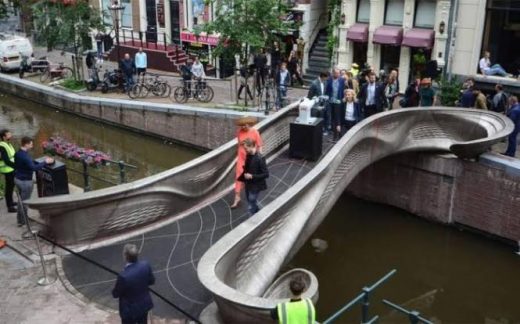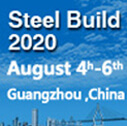By
Mr. S.L. Ghorpade
Under the guidance of Prof. A.B. Shendge
Dattakala Group of Institutions Faculty of Engineering, Swami – Chincholi (Bhigwan).
Abstract- The construction of tunnel is important for different purposes. They can be constructed for railways, roadways, pedestrian footways and can be built in hard rock, soft ground, river bed and are also used to convey Hydroelectric power, water stream, or as a sewer. The construction of Diversion Tunnel, Pressure Shaft, and Tailrace Tunnel to convey water is considered in this project. To identify Scheduling of different activities by various methods Network Diagram, C.P.M., P.E.R.T. and their cycle time is calculated. Scheduling for different activity is carried out with the help of Network Diagram & Primavera Software will be carried out in a project stage II. Study of Estimation for a Diversion Tunnel, Pressure Shaft, and Tailrace Tunnel by both methods. Excavation in heading and benching, Rock bolt support work, lining work is considered for cycle time and cost estimation calculation in Diversion Tunnel, Pressure Shaft, and Tailrace Tunnel. Estimation is also carried out by two methods. The comparison of two methods adopted for excavation work and estimation will be carried out in a project stage II.
Keywords- Scheduling, C.P.M., P.E.R.T., Gantt chart, Network Diagram, Estimation, Heading, Benching, Cycle time, Lining, Rock Bolts, Diversion Tunnel, Pressure Shaft, Tailrace Tunnel.
Read More
























Hi
Just wants to know which equation or theorem i could use to get the reactions for slab scaffolding supports.
Thanks
pls send 18 * 40 house plan
This website is very useful for civil engineers
I need to learn about the detailing of bars in columns and beams and how to find than numbers of bars…
i just want to do anything for civil works.
Civil Engineering study material please send
You are providing very good information. Your articles help us greatly. Thanks for spreading this knowledge.
mbma manual required
good site
i want to know the void deduction percentage for various grade of water bound macadam g1,g2, g3 …. and what should be the loose thickness to be laid for arriving at compacted thickness as specified by morth…..
You are wery good information to help as learn more thanks
Awesome website
can anyone suggest me to place get answer of my some design question related to civil engg.
glad to visit this site so much information is here to help me my civil engineering
Excellent!
this site is of help to us. thanks for updating us on new civil events and technology
Nice site
laterally supported pier foundation support a 1 storey house. 200mm*210mm concrete piers space 3.0m apart support the principal framing members. the 200mm thick footing supporting the pier are located 900mm below the base of the piers.based on the prescriptive requirements in div.b,9.15., the maximum permitted height of the piers measured from the top of the footing to the under side of principle framing member is
for load from a column exerts 600kn on dense silt directly beneath the footing.soft clay is located 1m below the footing and a water table at 900mm below the footing. based on section 9.4., the pressure on the soft clay is acceptable.
laterally supported pier foundation support a 1 storey house. 200 mm*210mm concrete piers space 3.0m apart support the principal framing members. the 200mm thick footing supporting the pier are located 900mm below the base of the piers.based on the prescriptive requirements in div.b,9.15., the maximum permitted height of the piers measured from the top of the footing to the under side of principle framing member is
How far the water sump can be constructed from pillar.Is it recomendable to construct 1feat near to pillar for 5floor building.